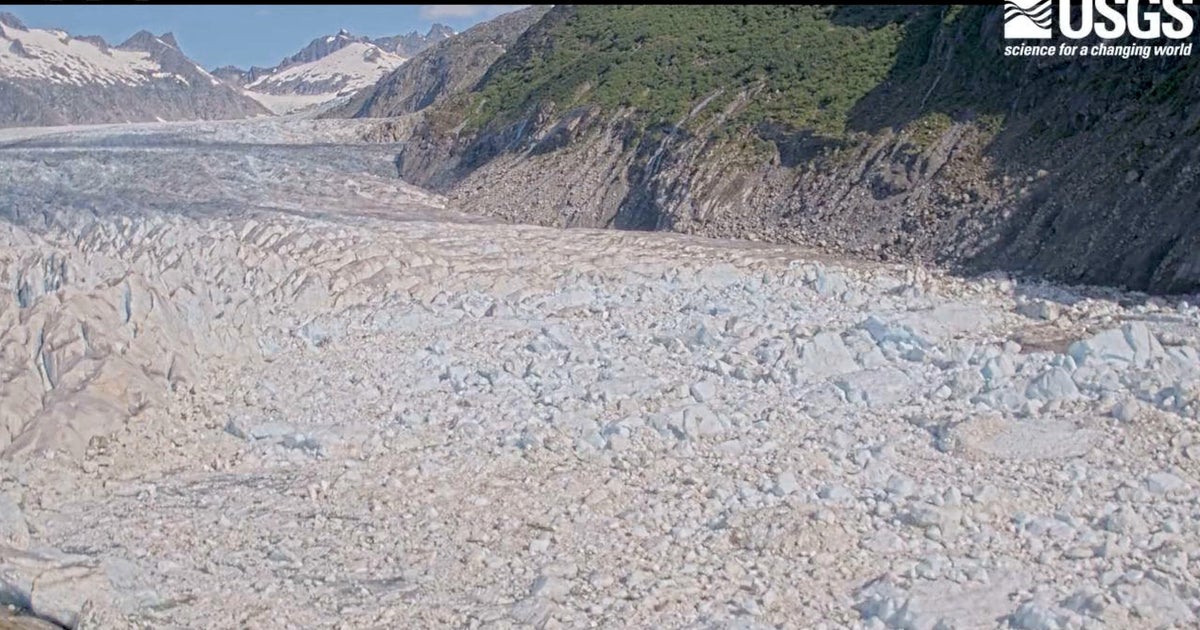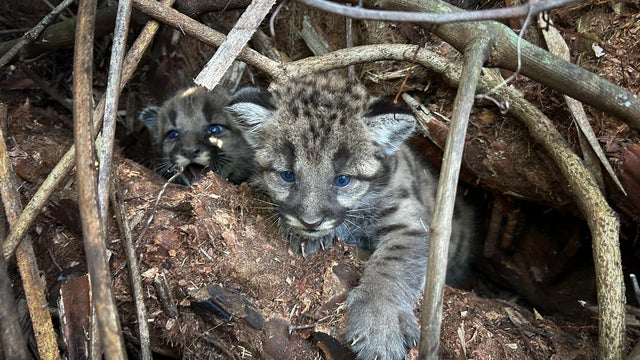

Juneau Battles Record Flooding as Mendenhall Glacier's Melt Triggers River Overflow Juneau, Alaska's capital city, is grappling with record-breaking flooding caused by unprecedented glacial meltwater from the Mendenhall Glacier. The Mendenhall River, swollen beyond its banks, crested at 16.6 feet – a level exceeding previous historical highs and forcing evacuations and road closures. The surge in water levels is directly linked to the accelerated melting of the Mendenhall Glacier, a phenomenon attributed to rising global temperatures and a prolonged period of warm weather. The resulting meltwater has overwhelmed the river's capacity, inundating low-lying areas and causing significant disruption to the city's infrastructure. Residents in vulnerable neighborhoods near the river were urged to evacuate their homes as the water rapidly rose, transforming streets into rushing streams. Emergency services have been deployed to assist those displaced and to assess the extent of the damage. Several roads, including key arteries connecting different parts of Juneau, were closed due to flooding and debris. The unusually high water levels have also posed a risk to property and businesses along the riverbanks. The force of the current has caused erosion and damage to riverbanks, while submerged debris poses a further hazard. The full extent of the economic impact is still being assessed, but early reports suggest substantial damage to infrastructure and private property. The flooding serves as a stark reminder of the accelerating impacts of climate change in Alaska. The state is experiencing some of the most rapid warming trends in the world, leading to more frequent and intense extreme weather events, including glacial melt and subsequent flooding. Scientists are increasingly concerned about the long-term consequences of this rapid change on Alaska's environment and communities. The record-breaking flood in Juneau underscores the urgent need for adaptation and mitigation strategies to address the growing challenges posed by climate change in the region. The city is now focusing on recovery efforts, assessing the damage, and planning for future flood mitigation strategies.

Alaska's capital city faced record floodwaters Wednesday stemming from a basin dammed by Alaska's Mendenhall Glacier, which released an "outburst flood" that threatened parts of Juneau.
Water levels in the Mendenhall River reached unprecedented heights in the early morning hours and peaked at around 7:15 a.m. local time before beginning to fall, the National Weather Service . At its peak, the river's flood stage rose to 16.65 feet, topping the previous record of 15.99 feet set last year, according to forecasters.
Some Juneau residents in the flood zone evacuated Tuesday, heeding guidance from officials who warned the community: "Don't wait, Evacuate TONIGHT."
On Tuesday morning, authorities confirmed water had started escaping the ice dam, with flooding expected into Wednesday.
The Mendenhall Glacier is about 12 miles from Juneau, home to 30,000 people, and is a popular tourist attraction due to its proximity to Alaska's capital city and easy access on walking trails. Homes on the city's outskirts are within miles of Mendenhall Lake, which sits below the glacier, and many front the Mendenhall River, into which the glacial outburst is flowing.
The National Weather Service said it expected flooding to to peak around 8 a.m. to noon local time (noon-4 p.m. ET) on Wednesday. Later, the NWS said the peak was probably going to occur closer to 8 a.m. local time.
"This will be a new record, based on all of the information that we have," Nicole Ferrin, a weather service meteorologist, told a news conference Tuesday.
Flooding from the basin has become an annual concern since 2011, and in recent years has swept away houses and swamped hundreds of homes. Government agencies installed temporary barriers this year in hopes of protecting several hundred homes in the inundation area from widespread damage.
The flooding happens because a smaller glacier near Mendenhall Glacier retreated — a — and left a basin, known as Suicide Basin, that fills with rainwater and snowmelt each spring and summer. When the water creates enough pressure, it forces its way under or around the ice dam created by the Mendenhall Glacier, enters Mendenhall Lake and eventually flows down the Mendenhall River, .
Before the basin began overtopping, the water level was rising rapidly — as much as 4 feet per day, according to the National Weather Service.
The city saw successive years of record flooding in 2023 and 2024 — with the river last August cresting at 15.99 feet, about a foot over the prior record set a year earlier — and flooding extending farther into the Mendenhall Valley. This year's flooding was predicted to crest at between 16.3 and 16.8 feet, the weather service said, but then said an even higher 16.75 feet was more likely.
Last year, nearly 300 residences were damaged.
two years ago showed towering trees behind a home falling into the rushing Mendenhall River as the water ate away at the bank. Eventually, the home, teetering at the edge, also collapsed into the river.
A large outburst can release some 15 billion gallons of water, according to the University of Alaska Southeast and Alaska Climate Adaptation Science Center. That's the equivalent of nearly 23,000 Olympic-size swimming pools. During last year's flood, the flow rate in the rushing Mendenhall River was about half that of Niagara Falls, the researchers say.
City officials responded to concerns from property owners this year by working with state, federal and tribal entities to install a temporary levee along roughly 2.5 miles of riverbank in an attempt to guard against widespread flooding. The 10,000 "Hesco" barriers are essentially giant sandbags intended to protect more than 460 properties completely during an 18-foot flood event, said emergency manager Ryan O'Shaughnessy.
The U.S. Army Corps of Engineers is at the start of what's expected to be a yearslong process of studying conditions in the region and examining options for a more permanent solution, such as a levee. The timeline has angered some residents, who say it's unreasonable.
Outburst floods are expected to continue as long as the Mendenhall Glacier acts as an ice dam to seal off the basin, which could span another 25 to 60 years, according to the university and science center researchers.





